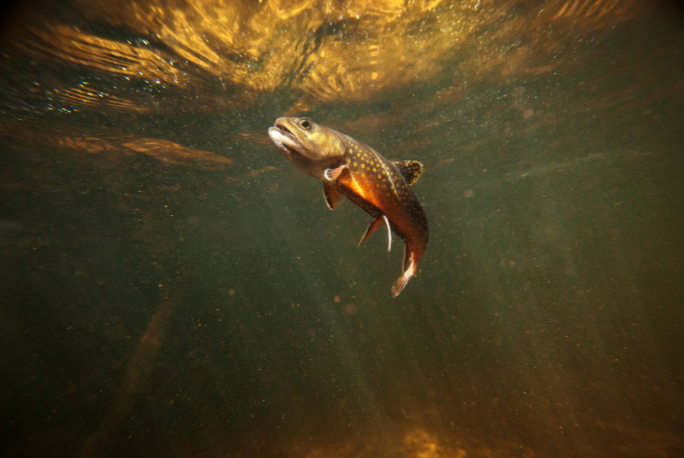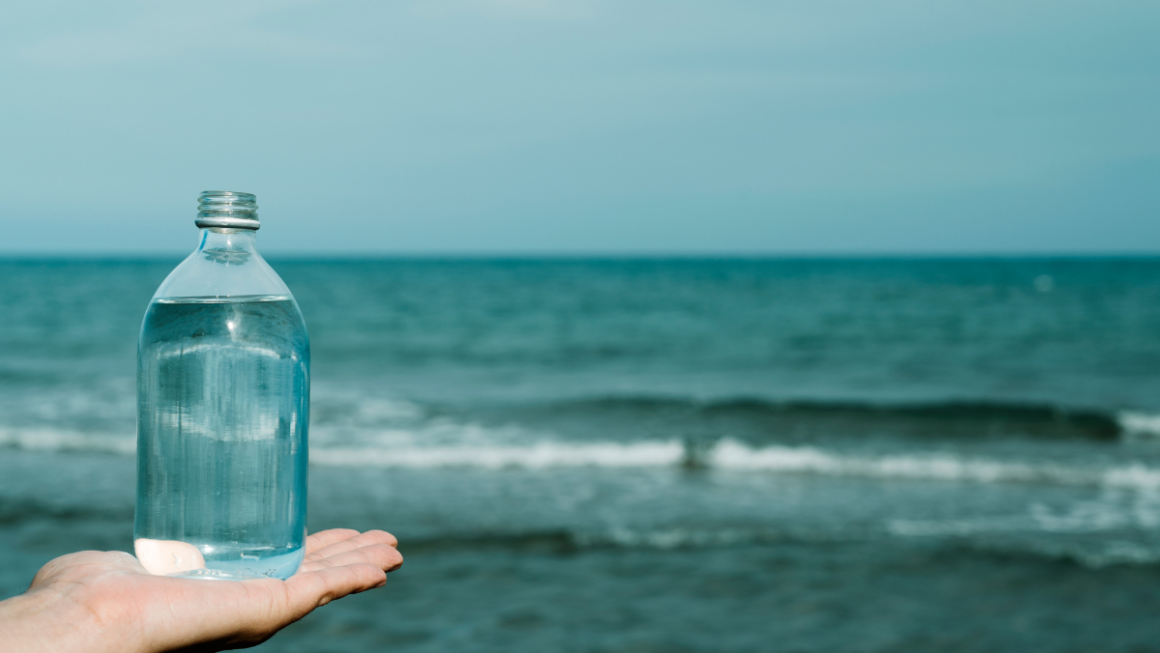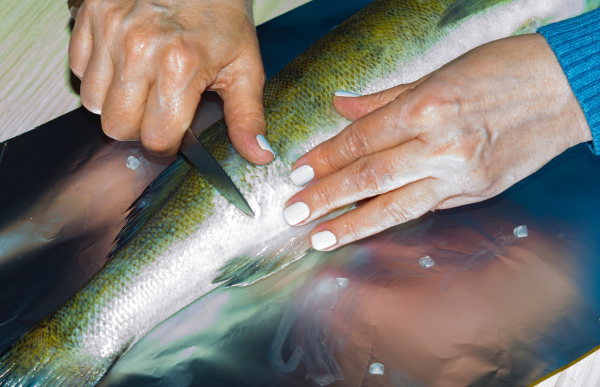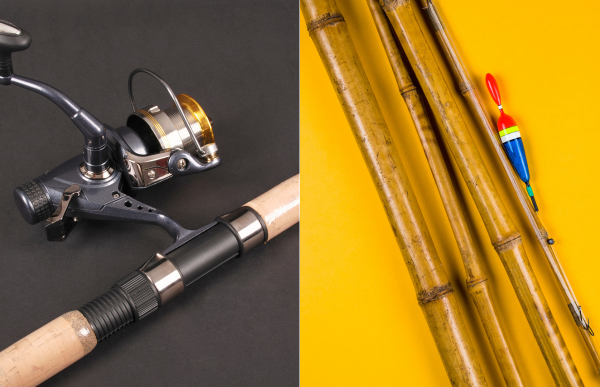Fishing is a beloved pastime for many, offering both relaxation and excitement, whether you’re casting a line in a calm lake or battling a trophy fish in the open sea. While both saltwater and freshwater fishing share the basic principles, they differ significantly in terms of gear, target species, and environmental conditions. Whether you’re an angler looking to try something new or a beginner deciding where to start, understanding the key differences can help you prepare and make the most of your fishing experience.
Key Differences Between Saltwater and Freshwater Fishing
1. Gear Requirements
The gear used for saltwater and freshwater fishing varies significantly, mainly due to the environment and the size of the fish.

- Saltwater Fishing Gear:
Saltwater environments are more corrosive, so the gear needs to be more durable. Fishing in saltwater often targets larger, stronger species, requiring heavier tackle. Rods are typically longer and more robust, and reels are designed to withstand saltwater’s corrosive effects. Lines are usually stronger, with test ratings of 30-50 pounds or more, and hooks and lures need to be corrosion-resistant.Common Gear for Saltwater Fishing:- Heavier rods and reels
- Braided or monofilament lines (higher pound test)
- Corrosion-resistant lures and hooks
- Saltwater-specific bait (shrimp, squid, mullet)
- Freshwater Fishing Gear:
Freshwater fishing gear is generally lighter and more delicate, as most freshwater fish are smaller and less powerful compared to saltwater species. Rods and reels are designed for finesse and accuracy, and the lines tend to have lower test ratings (6-12 pounds) because you don’t need as much strength. Freshwater anglers often use smaller lures and lighter baits to attract species like bass, trout, and catfish.Common Gear for Freshwater Fishing:- Lighter rods and reels
- Lower test lines (6-12 pounds)
- Smaller lures, flies, and artificial baits
- Live bait like worms, minnows, and insects

2. Target Species
One of the most exciting differences between saltwater and freshwater fishing is the variety of species you can catch in each environment.
- Saltwater Fishing Target Species:
Saltwater fishing offers the potential to catch much larger and more powerful fish, many of which are prized by anglers for their fighting abilities. Some popular saltwater species include:- Tuna: Known for their speed and strength.
- Marlin: A trophy fish often caught on long offshore trips.
- Redfish: A coastal species popular in inshore fishing.
- Mahi-Mahi: Brightly colored and known for acrobatic fights.
- Freshwater Fishing Target Species:
Freshwater fishing focuses on species commonly found in lakes, rivers, and ponds. The fish are generally smaller but offer their own challenges and rewards. Popular freshwater species include:- Bass: One of the most popular sport fish in North America.
- Trout: Found in cold, clear rivers and lakes.
- Catfish: Bottom-dwelling fish that can grow quite large.
- Pike: Aggressive predators known for putting up a fight.
- Crappie: A smaller fish, great for light tackle fishing.
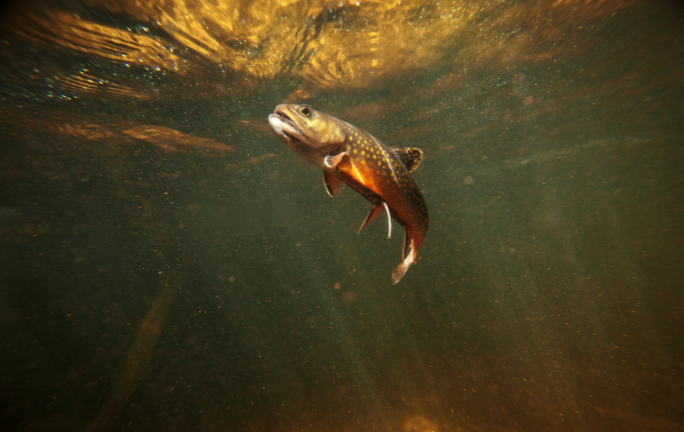
Freshwater species tend to be more accessible for beginners since they are often found closer to shorelines or docks and are more widely distributed across different regions.
3. Environmental Conditions
The environments in which saltwater and freshwater fishing occur are drastically different, affecting everything from the fish you target to the gear you use.
- Saltwater Environments:
Saltwater fishing can take place in a variety of environments, including the ocean, coastal marshes, and tidal rivers. The conditions are generally more unpredictable, with fluctuating tides, strong currents, and sometimes rough seas. Weather patterns also play a significant role, with saltwater anglers needing to monitor wind, storms, and ocean temperatures closely.Saltwater environments can be harsh on gear, requiring equipment designed to resist corrosion from salt and sun exposure. Anglers often deal with longer distances and deeper waters, requiring boats and specialized techniques for offshore fishing. - Freshwater Environments:
Freshwater environments, such as lakes, rivers, streams, and ponds, are typically calmer and more controlled than the ocean. The weather can still impact fishing, but conditions are generally more predictable, with less concern about tides or oceanic conditions.Freshwater fishing locations are often more accessible, with many fishing spots located near shorelines, public parks, or easily navigable waterways. For this reason, freshwater fishing is often more beginner-friendly and doesn’t require as much expensive or specialized equipment.
Tips for Anglers Transitioning from One to the Other
Transitioning from freshwater to saltwater fishing—or vice versa—can be an exciting new challenge. Here are some tips to help you make the shift smoothly:
If You’re Transitioning from Freshwater to Saltwater:
- Upgrade Your Gear: Invest in rods, reels, and lines that are rated for saltwater use. Saltwater species tend to be larger and more powerful, so you’ll need stronger, corrosion-resistant equipment.
- Get Familiar with Tides and Currents: Understanding how tides, currents, and ocean conditions affect fish behavior is key in saltwater fishing. Study the tides for your chosen fishing spot to maximize your success.
- Expect Bigger, Stronger Fish: Saltwater fish tend to be more powerful than freshwater species, so be prepared for longer, more intense battles when reeling them in.
- Practice Patience: Saltwater fishing, especially offshore, can involve long periods of waiting, sometimes requiring hours or even a full day to hook a fish. Patience is essential.
If You’re Transitioning from Saltwater to Freshwater:
- Downsize Your Gear: Freshwater fishing typically requires lighter gear, so swap out your heavy-duty rods and lines for more delicate equipment suited for smaller species like bass, trout, or crappie.
- Focus on Precision: Freshwater fishing often involves more finesse and technique, particularly when fishing for species like trout or bass. Casting accuracy and lure selection are more critical in smaller, calmer waters.
- Study Local Waters: Freshwater environments are more location-specific, meaning fish behavior can change drastically depending on the time of year, water temperature, and depth. Learn the local fish patterns to improve your success.
- Experiment with Lures and Baits: Freshwater species can be more finicky about what they bite, so be prepared to experiment with a variety of baits, lures, and flies to see what works best in your location.

Conclusion
Both saltwater and freshwater fishing offer unique challenges and rewards, and understanding the differences can enhance your experience as an angler. Whether you’re drawn to the excitement of reeling in a marlin or prefer the quiet satisfaction of catching bass on a still lake, each type of fishing requires different gear, techniques, and knowledge of the environment. For those looking to switch between the two, being adaptable and patient will allow you to enjoy the best of both worlds.

